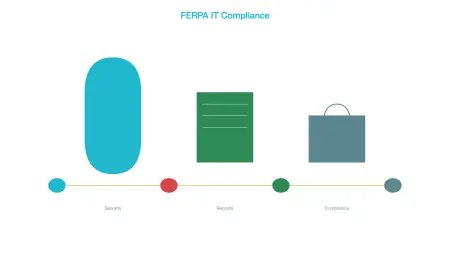Free SEO Tools for Rank Tracking
In the vast and competitive digital landscape, understanding your website's visibility is paramount to success. Search Engine Results Pages (SERPs) are the primary battleground where businesses vie for attention, traffic, and conversions.

The Essential Guide to Free SEO Tools for Rank Tracking
Understanding Rank Tracking and Its Importance
In the vast and competitive digital landscape, understanding your website's visibility is paramount to success. Search Engine Results Pages (SERPs) are the primary battleground where businesses vie for attention, traffic, and conversions. Rank tracking is the fundamental practice of monitoring where your website's pages rank for specific keywords that are crucial to your audience. This isn't merely about vanity metrics; it's a critical diagnostic tool. By consistently tracking your positions, you gain direct insight into the effectiveness of your SEO strategies. A climb in rankings typically correlates with increased organic traffic, while a drop can serve as an early warning system, indicating potential issues like algorithm updates or increased competition. Free rank tracking tools provide an accessible entry point for businesses and individuals to start measuring this vital performance data without initial investment.
Key Features to Look for in a Rank Tracker
While free tools may have limitations compared to their premium counterparts, several core features are essential for effective rank monitoring. Firstly, accurate and reliable data collection is non-negotiable; the tool must provide a true reflection of your SERP positions. Look for options that allow you to track a sufficient number of keywords to be meaningful for your site's scope. The ability to track rankings based on location is crucial for local SEO or geo-targeted campaigns, as results can vary significantly by region. Furthermore, historical data is incredibly valuable. The capacity to see your ranking trends over time helps you identify patterns, correlate successes with specific actions, and understand seasonal fluctuations. Finally, a user-friendly interface that presents data in clear charts and graphs makes analysis far more efficient, turning raw data into actionable intelligence.
A Look at Popular Free SEO Tools for the Task
The market offers a variety of robust free tools that cater to different needs. Many established premium platforms provide freemium models, allowing users to track a limited number of keywords or websites at no cost. These versions are perfect for small websites, bloggers, or those new to SEO. They often include basic features like daily or weekly tracking, local search simulation, and simple reporting. When evaluating options, consider the keyword limit, update frequency, and the depth of historical data provided. It's also wise to check if the tool tracks mobile rankings separately, as mobile-first indexing makes this distinction increasingly important. Testing a few different free tools can help you determine which interface and data presentation style you prefer before potentially upgrading to a paid plan as your needs grow.
Integrating Rank Data with Overall SEO Strategy
Collecting ranking data is only the first step; its true value is realized when integrated into a broader SEO and digital marketing strategy. Rank tracking should not exist in a vacuum. Correlate fluctuations in your keyword positions with changes to your website, such as publishing new content, acquiring backlinks, or undergoing technical SEO improvements. Furthermore, use Google Search Console alongside your rank tracker. While Search Console provides invaluable data on impressions, clicks, and average position, a dedicated rank tracker offers more frequent updates and competitive analysis. By combining these data sources, you can paint a comprehensive picture of your search performance, understanding not just where you rank, but how often you are seen and clicked on for your target queries.
The Limitations of Free SEO Tools
It is important to approach free SEO tools with a clear understanding of their constraints. Typically, they limit the number of keywords you can monitor, which can be restrictive for larger websites. Data update frequency might be slower than paid versions, meaning you might not get real-time alerts on ranking changes. Advanced features like competitor tracking, share of voice analysis, in-depth historical reporting, and API access are almost exclusively reserved for premium subscriptions. Additionally, some free tools may display advertisements or have limited customer support. Recognizing these limitations helps set realistic expectations and allows you to make an informed decision about when it might be necessary to invest in a more comprehensive solution to fuel your growth.
Maximizing the Value of Your Free Toolkit
To get the most out of free rank tracking tools, a strategic approach is required. Be highly selective with the keywords you choose to track. Focus on a core set of high-priority terms that are most relevant to your business goals and have a realistic chance of ranking well. Group these keywords by topic or landing page to better organize your analysis. Schedule a regular time to review your reports, looking for both positive and negative trends. Don't just note the changes; investigate them. Did a ranking drop coincide with a site update or a competitor's content launch? By actively engaging with the data and using it to ask strategic questions, you transform a simple tracking tool into a powerful engine for continuous website improvement and organic growth.
What's Your Reaction?
 Like
0
Like
0
 Dislike
0
Dislike
0
 Love
0
Love
0
 Funny
0
Funny
0
 Angry
0
Angry
0
 Sad
0
Sad
0
 Wow
0
Wow
0




















































